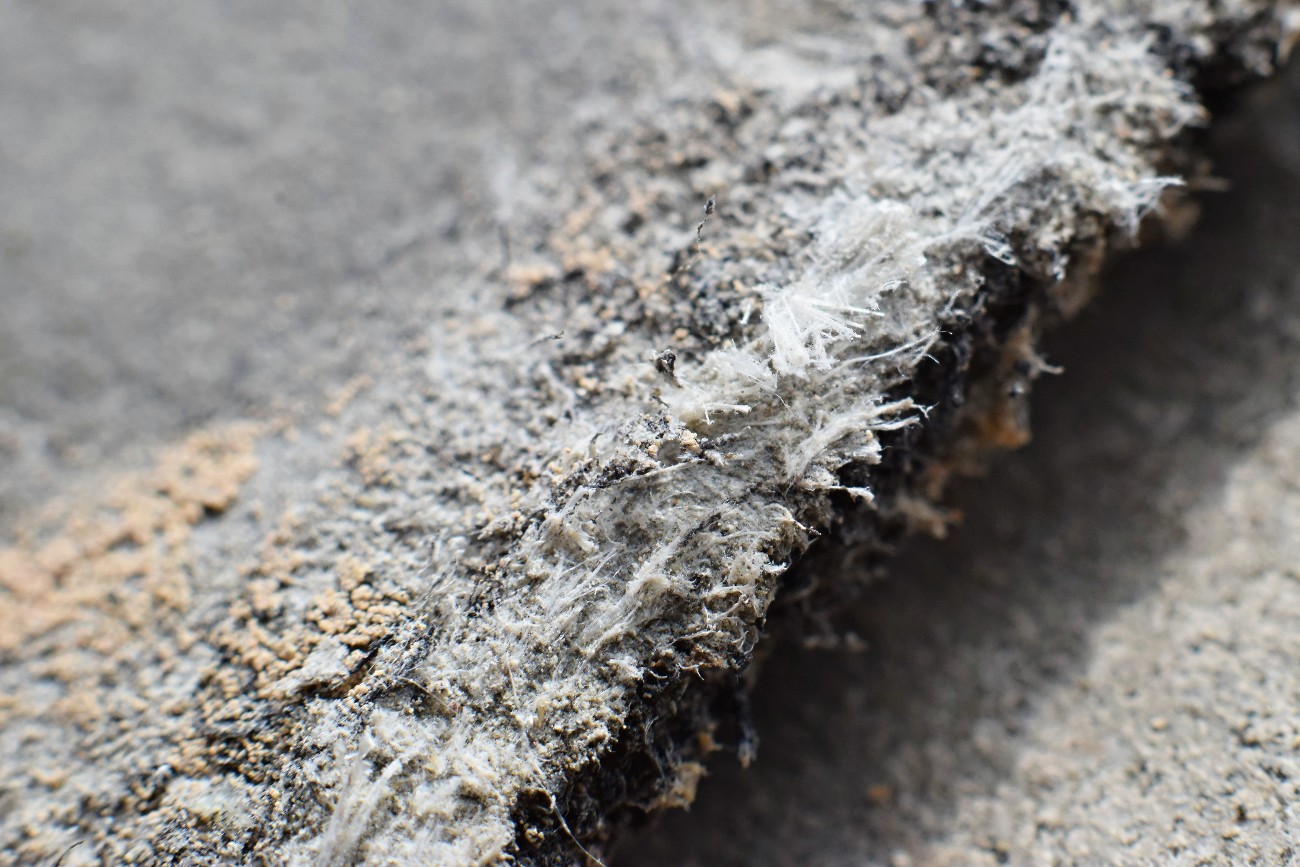If you’re a property owner, then it’s vital that your building or home is clear of asbestos. That’s because this harmful mineral is responsible for 39,000 deaths in the U.S. each year. If your building does have asbestos, there are two methods for removing it — abatement or remediation. While both are effective, there are key differences that you will need to consider when developing a removal plan. You can learn more about these methods with an online search.
Getting rid of asbestos is a process, which is why you need to hire experienced companies. Search online to find local professionals that specialize in removing asbestos.
Here’s what you should know about asbestos and removal methods.
How Asbestos Is Dangerous
Asbestos consists of six natural mineral fibers that have been used for strengthening cements, producing plastics, fireproofing buildings, and other durable purposes. The problem is when asbestos is disturbed, frayed, or crumbles, a person can inhale those fibers and it collects in their lungs.
Regular or long periods of asbestos exposure is really dangerous and can lead to some serious health concerns. Some examples include:
- Asbestosis;
- Lung cancer, and;
- Mesothelioma.
For that reason, the U.S has banned asbestos use in the 1970s. But that doesn’t mean asbestos doesn’t exist anymore. It can still be found in older homes, buildings, and worksites.
There are several factors that can increase your risk of exposure, such as how long you were exposed and how much asbestos you were exposed to. Furthermore, workers in the following industry have higher risk of asbestos exposure:
- Railway construction;
- Shipbuilding and naval service;
- Asbestos mining and milling;
- Construction and building trades;
- Manufacturing of chemicals, flooring, plastics, or rubber;
- Auto industry;
- Firefighting;
- Fabric milling, and;
- Building demolition.
Abatement vs. Remediation
Everyone needs to be vigilant when it comes to asbestos. If you suspect there is asbestos on your property, you need to come up with a plan to get rid of it.
The first is abatement. This option involves removing the problem from the structure or enclosing it in a way that it no longer poses a danger to other people.
Remediation is a bit different. This involves addressing the underlying problem so the risk of exposure doesn’t happen again. This type of plan would initially include an abatement strategy, with professionals outlining the scope of the problem and recommendations for removal of the contaminated materials.
Abatement and Remediation Process
Once asbestos is discovered and examined, RPF Environmental says contractors will have to come up with a plan to eliminate it through abatement or remediation. Expect the following steps to happen when professionals come to remove it:
- Coming Up with a Plan: Your contractor will work with an industrial hygienist to decide how the property will be treated. The plan will include how the area is treated, preparation and cleanup process.
- Proper Demarcation: Contractors clearly mark the hazardous area and inform all building occupants to leave the area.
Setting Up the Work Area: This involves sealing air ducts, disabling the HVAC system, and sealing off the treated area with thick plastic sheets. - Removing Material: Contractors wear protective clothing and use tools to remove, dispose, and seal away asbestos materials.
- High-Efficiency Particulate Air Vacuuming: This is used to minimize disposing of asbestos fibers during the work and cleaning surfaces.
- Post-Cleanup: Contractors can remove their work area containment barriers and give you a report of everything that was done, including inspection results and laboratory analysis.
The work could end here or continue if you must eradicate the source of the asbestos. The need will depend on the toxic materials in question.
Echotape says if construction materials that predate the health hazard laws are abated, the problem is resolved. However, since organic materials are the source of asbestos, it will need the extra step of remediation. That’s because if the source of the moisture is never addressed, asbestos will always return.
Which Should You Choose
Asbestos is not something you should ignore. Without properly containing or getting rid of it completely, people can develop serious health problems like cancer or lung scarring. Despite regulations that discontinued the use of asbestos, it still causes tens of thousands of people to die each year.
Property owners should leave asbestos treatment to the professionals with all necessary certifications. The pros are properly trained in handling, removal, and disposal of this dangerous material. They can minimize exposure to everyone involved and ensure it’s being handled as safely as possible.
Ultimately, the pros will recommend a removal plan that will benefit the property owner. Search online for qualified asbestos removal companies near you to learn more.
